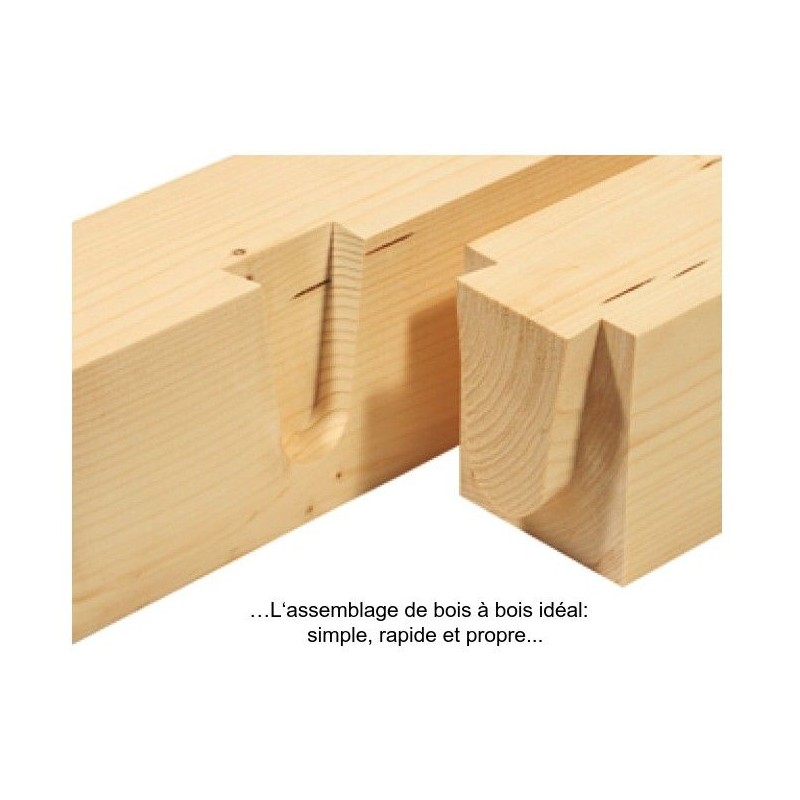transatlantic
Boom!
The image below kind of shows what I mean, but without the wedge shaping, or the round bottom, and a longer tenon for more glue surface area. Seems like a good joint for joining table rails to legs, as they're self clamping for gluing up.





































